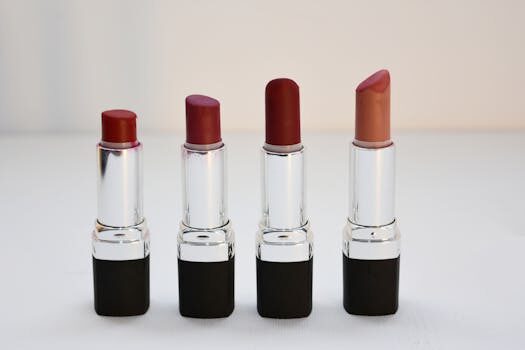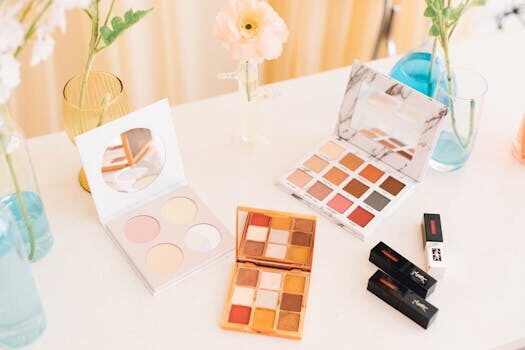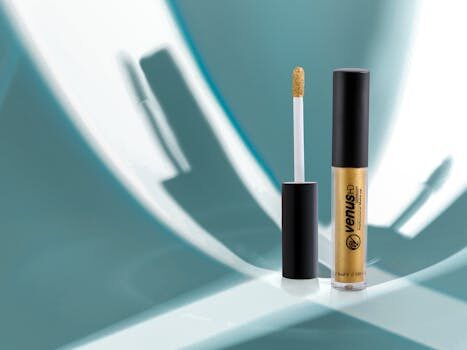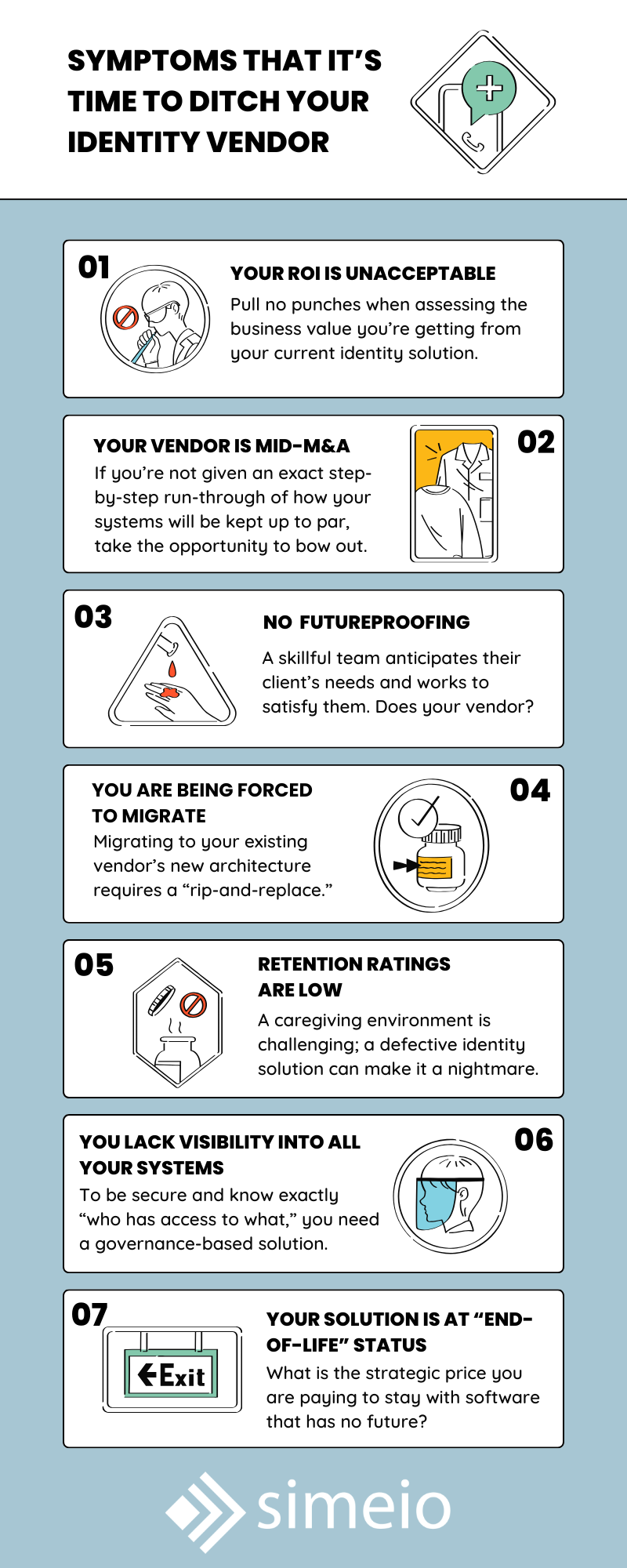Lipsticks and glosses are staples in beauty routines, but when was the last time you thought about their cleanliness? With the rise of information regarding cosmetic safety, it’s important to ask: Time to Ditch Your Favorite Lipstick …It May Be Contaminated?
Makeup enthusiasts might be shocked to learn that their cherished lip products could be hotbeds for germs and contaminants. This concern is not just about aesthetics, but also about health. Here’s why you should consider the hygiene of your lip makeup more seriously.
Do we need to throw out lip products after being sick?
After recovering from an illness, it’s crucial to assess the safety of your lip products. Pathogens can linger on applicators and surfaces, potentially leading to re-infection.
Doctors generally advise disposal of lip products used during sickness, especially if they’re difficult to sanitize. If you’ve had a mouth-related illness, like a cold sore, disposal is non-negotiable to prevent the spread of viruses.
For those who are hesitant to throw away expensive products, professional sanitization methods exist, but the safest route is to start fresh with new items.
How long can a virus live in lip gloss?
The longevity of a virus on a lip gloss depends on several factors, such as the type of virus and environmental conditions. Research points towards a survival window ranging from a few hours to several days.

High-risk viruses like herpes simplex can survive longer, making it imperative to maintain strict hygiene with lip products. Regular cleaning routines are recommended to minimize the risk of contamination and spread of infections.
Should you disinfect lipstick after cold sore?
Disinfecting lipstick after a cold sore is a step that can’t be overlooked. Cold sores, caused by the herpes simplex virus, can leave the virus on the surface of lipsticks.
While some may suggest alcohol wipes or sprays, the effectiveness is questionable. The safest bet is to discard the contaminated lipstick to prevent future outbreaks.
What are the risks of using contaminated lipstick?
Using contaminated lipstick isn’t just about risking another cold sore. Shared or improperly stored lipsticks can harbor bacteria and lead to skin irritations or worse, skin infections.
Moreover, contaminated lip products can act as vehicles for more severe conditions, like strep or staph infections, if used on or near open wounds.
In addition to pathogens, contaminated lipstick can contain harmful levels of heavy metals like lead or mercury, which pose significant health risks when absorbed over time.

How to identify contaminated lip products?
Identifying a contaminated lip product can be tricky as changes aren’t always visible. However, a change in texture, color, or smell can be a telltale sign. Trust your senses—if something seems off, it likely is.
Be aware of the shelf life of your cosmetics. If a product is past its expiration date, it’s time to say goodbye.
Regularly examine your lip products for any signs of mould or separation, which are clear indicators of contamination.
What are the best practices for lipstick hygiene?
- Regular Cleaning: Wipe down lipsticks with a clean tissue after each use.
- Proper Storage: Keep lip products in a cool, dry place away from sunlight.
- Personal Use: Avoid sharing lipsticks to prevent cross-contamination.
- Periodic Checks: Regularly inspect your lip products for signs of spoilage.
- Sanitization: Use cosmetic sanitizers available in the market, designed to kill germs without affecting product quality.
How to safely dispose of old makeup products?
When it’s time to part with your aged makeup, do so responsibly. Many components of lip products are recyclable. Separate plastic components and wipe off any remaining product before recycling.
In cases where recycling isn’t an option, considering the environmental impact is essential. Seal the items in a bag to prevent leakage before disposing of them with your household waste.
For the eco-conscious, look for brands with take-back programs, which often offer incentives for returning used products.

Related Questions on Lipstick Safety
How long can a virus live in lip gloss?
A virus’s lifespan in lip gloss can range from a few hours to several days. Factors like the type of virus and the environment come into play. For instance, the flu virus can live on hard surfaces for 24 hours, while other viruses have different lifespans.
It’s important to understand the potential longevity of pathogens to adopt appropriate hygiene practices for your beauty products.
How to disinfect lipstick after a cold sore?
After a cold sore, you should consider the lipstick as contaminated. If you’re determined to disinfect it, remove the top layer, spray with 70% alcohol, and let it dry completely. However, the safest route is to discard the product to ensure complete safety from the virus.
Remember, while disinfecting might reduce the viral load, it doesn’t guarantee complete elimination. The risk of re-infection is still present.
Should I throw away my lipstick after a cold sore?
Yes, it is highly recommended to throw away any lipstick used while you had a cold sore. The herpes simplex virus can survive on the product and lead to future outbreaks if re-used.
Discard the contaminated product and replace it with a new one to prevent the risk of re-infection.

Understanding the risks and proper hygiene practices related to lip cosmetics is crucial. It ensures not just the longevity of your products but also your health. And remember, if you’ve been sick or your lipstick has changed in any way, it may be time to ditch your favorite lipstick for your safety.
For more insights on cosmetic hygiene and safety, check out this informative video:
 The safest Halloween makeup for babies & kids (and for you too!!)
The safest Halloween makeup for babies & kids (and for you too!!)





